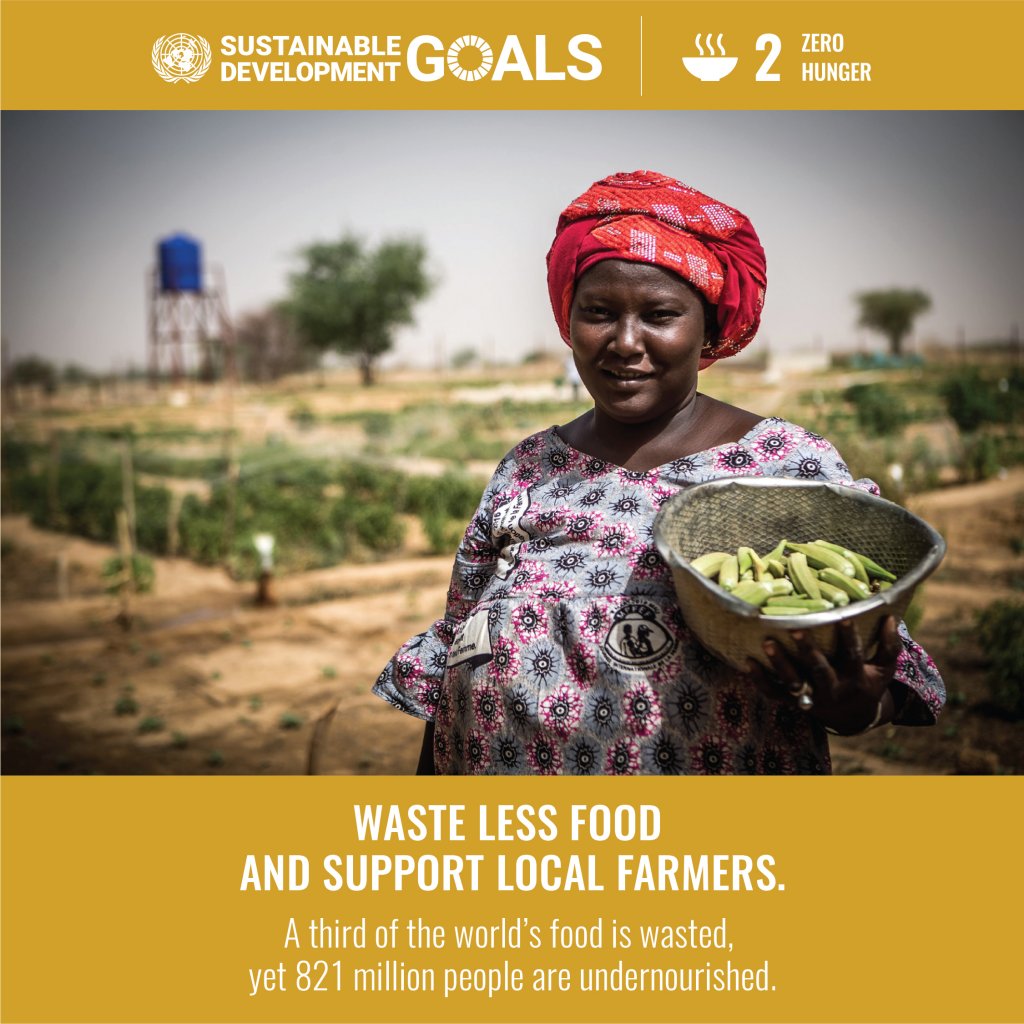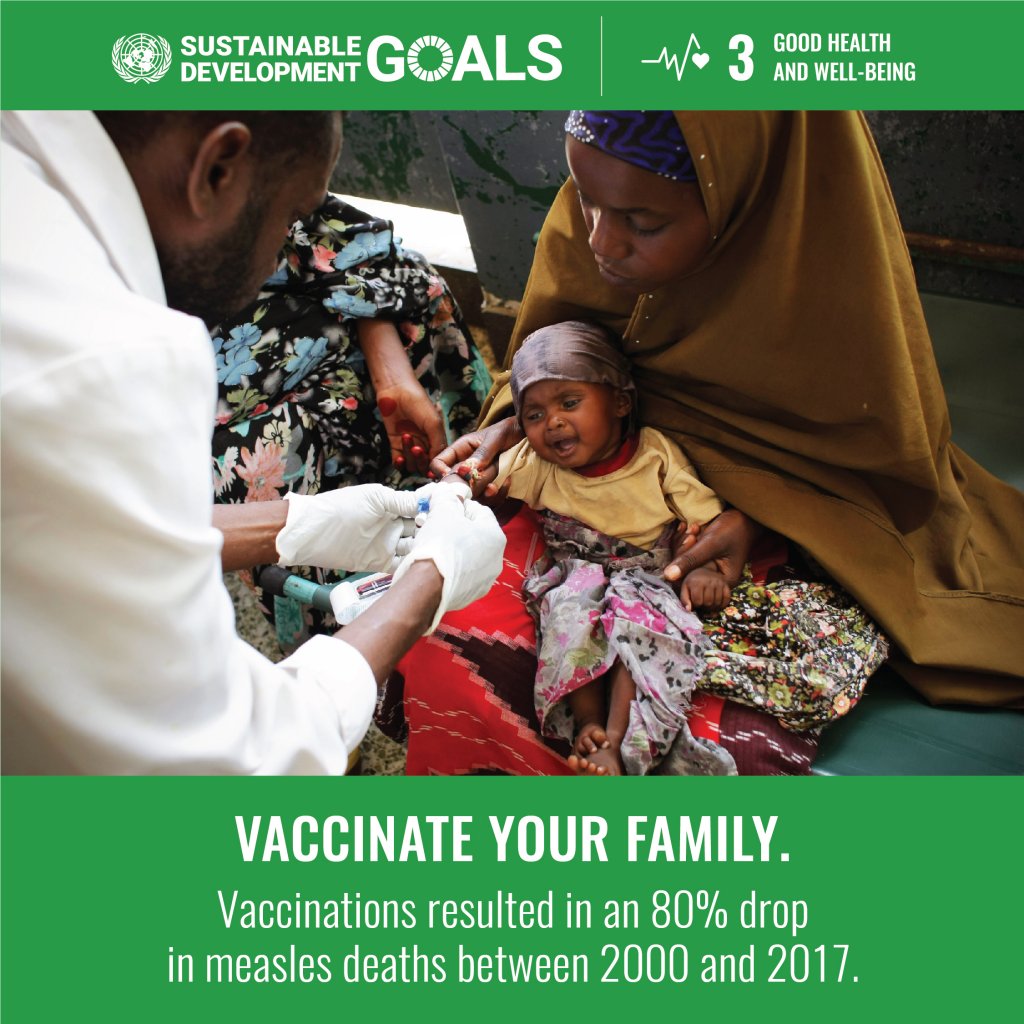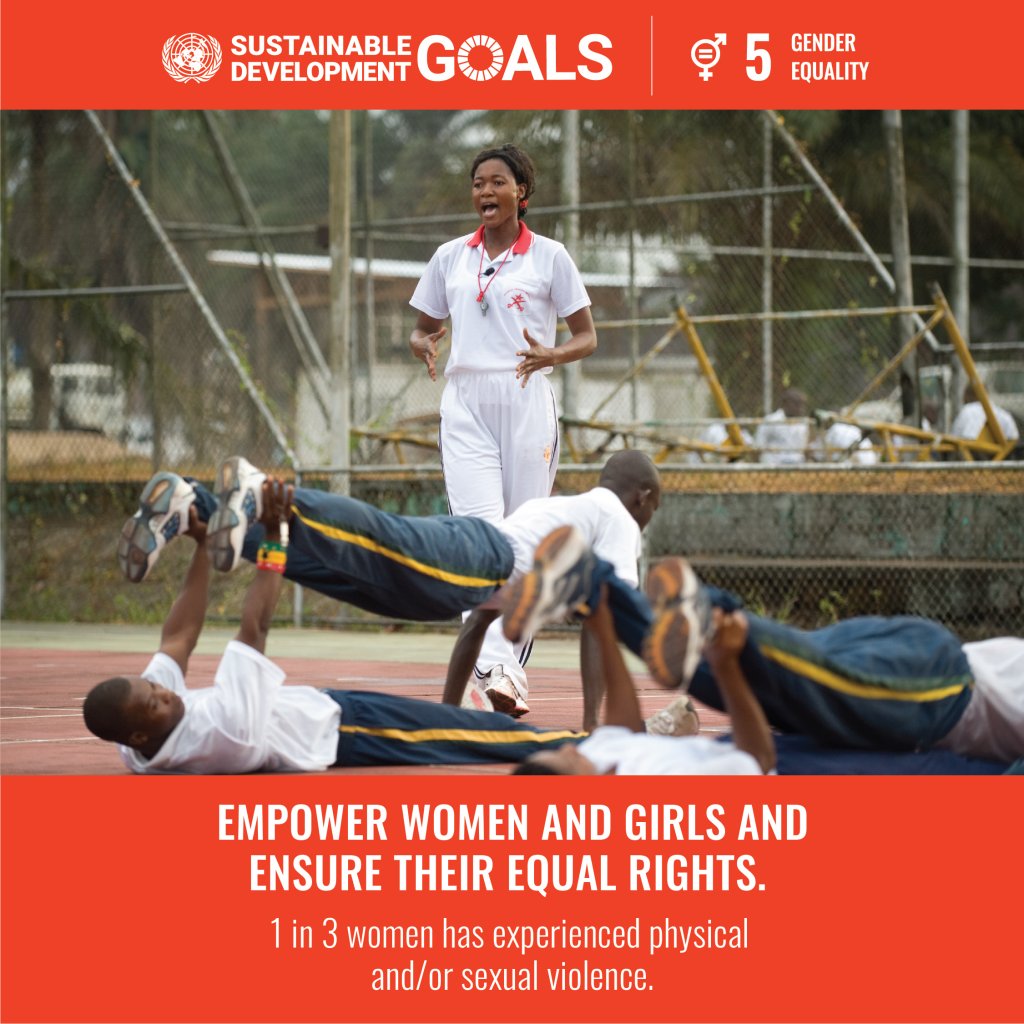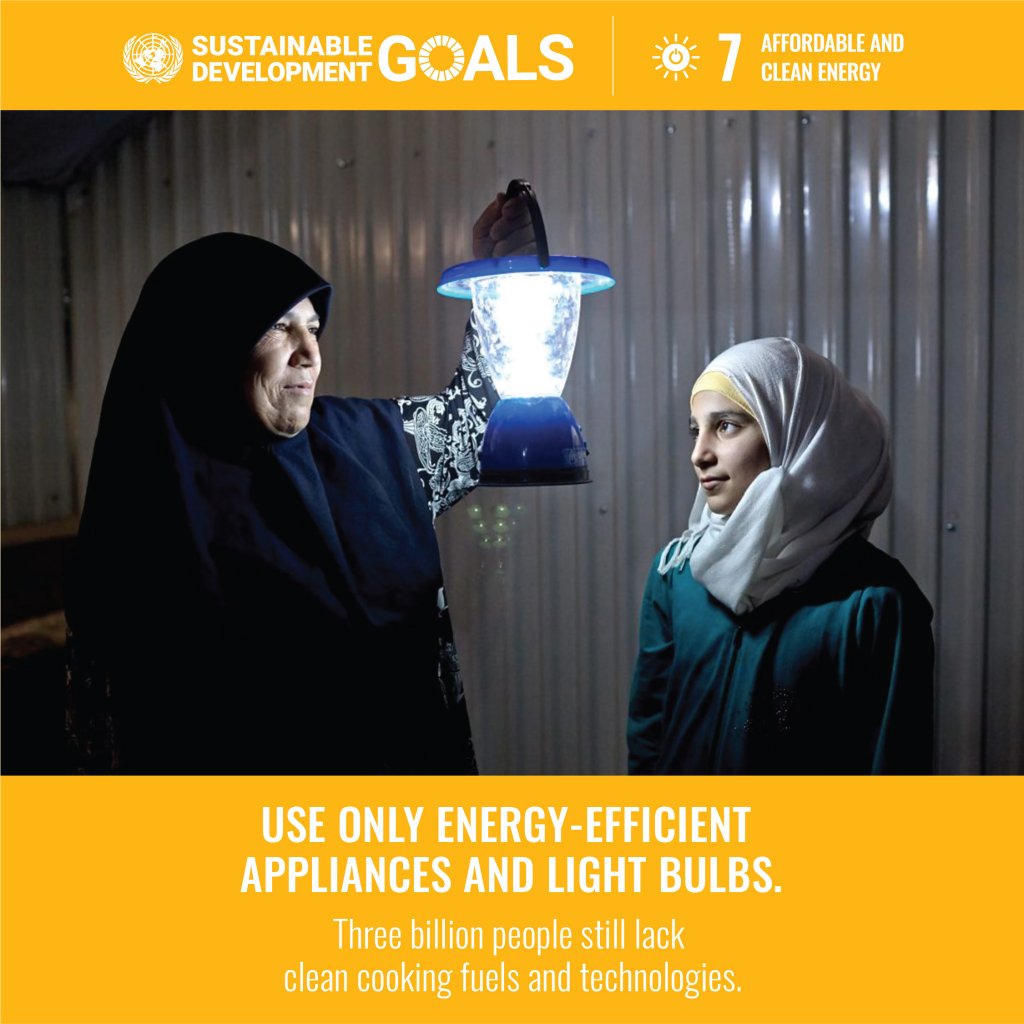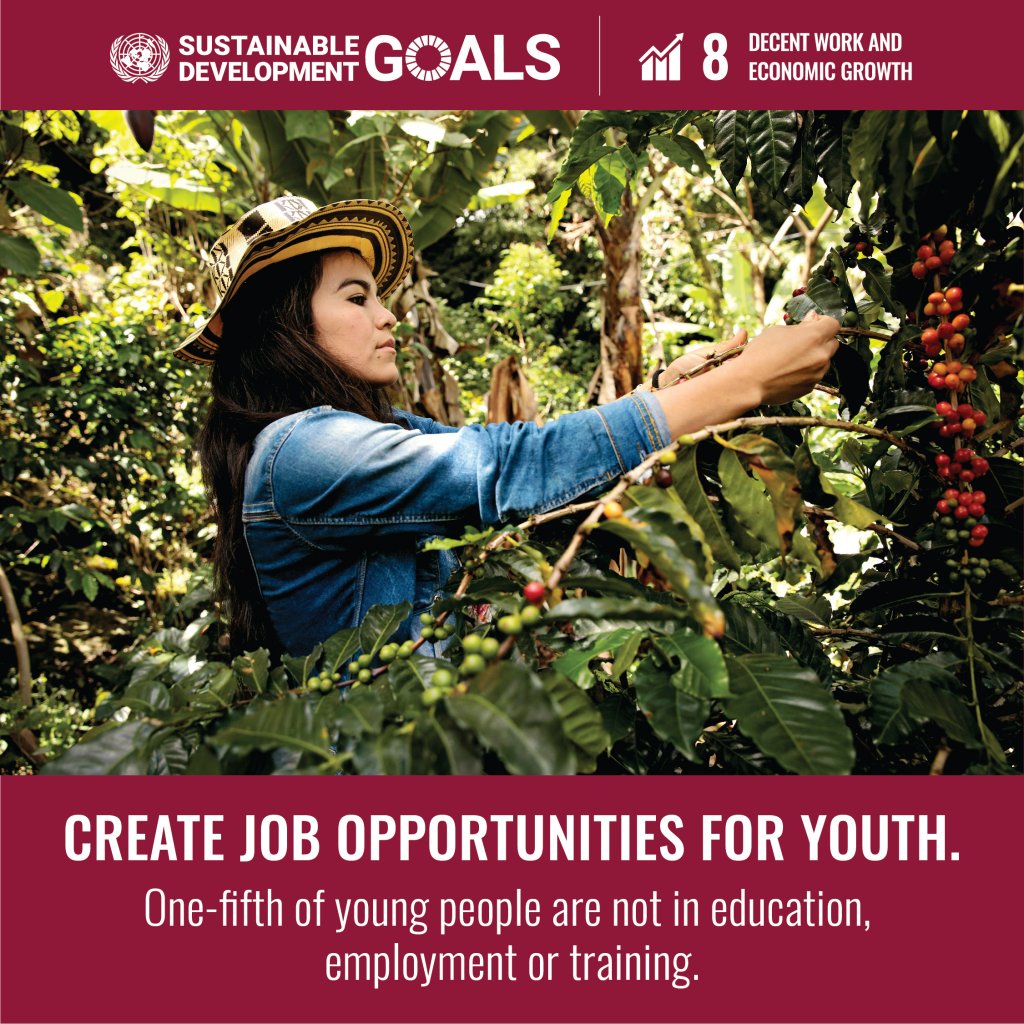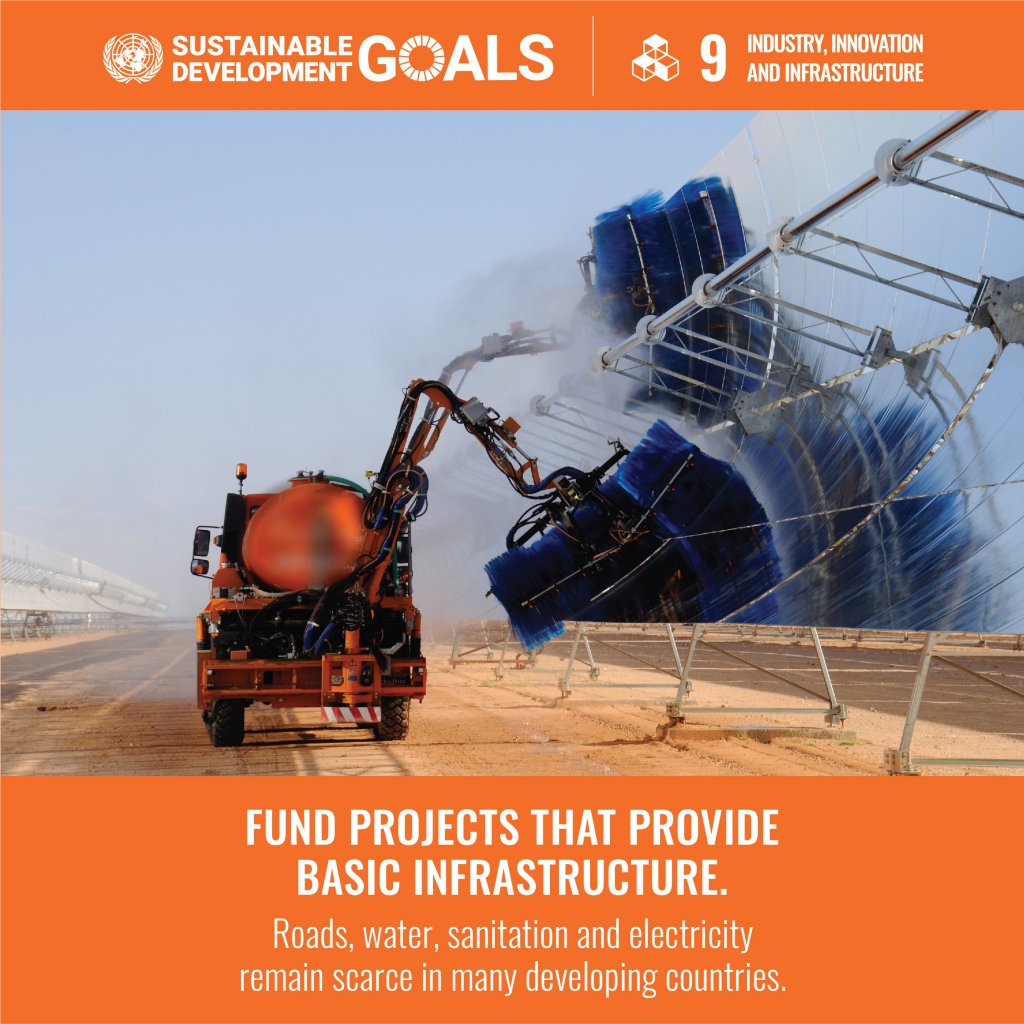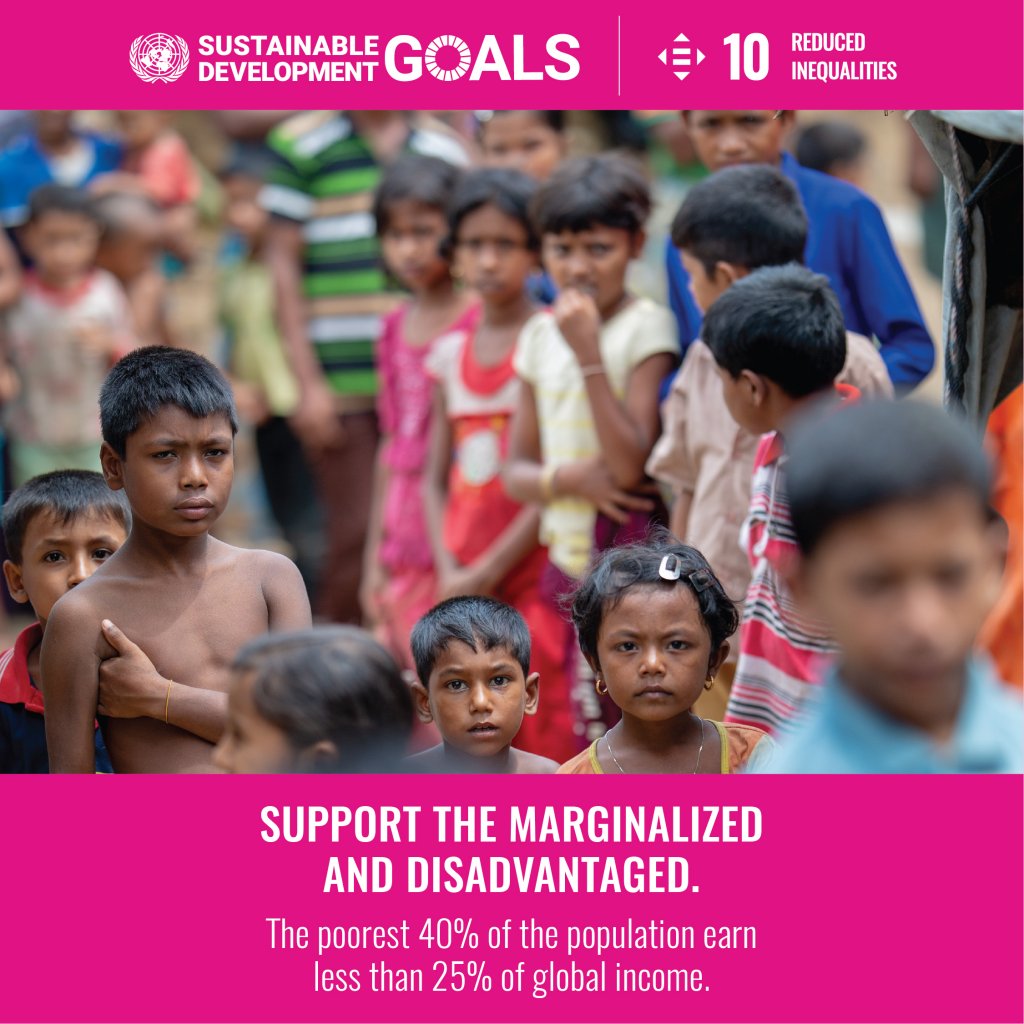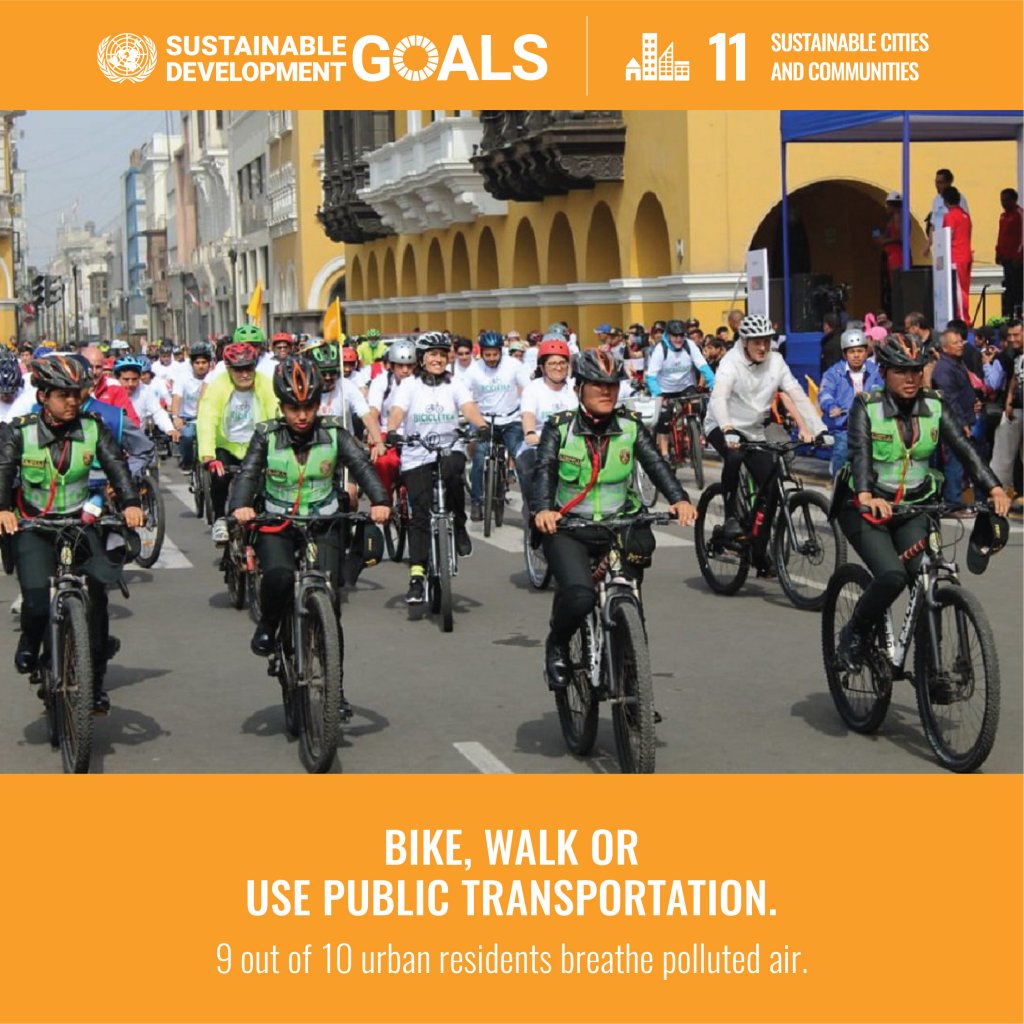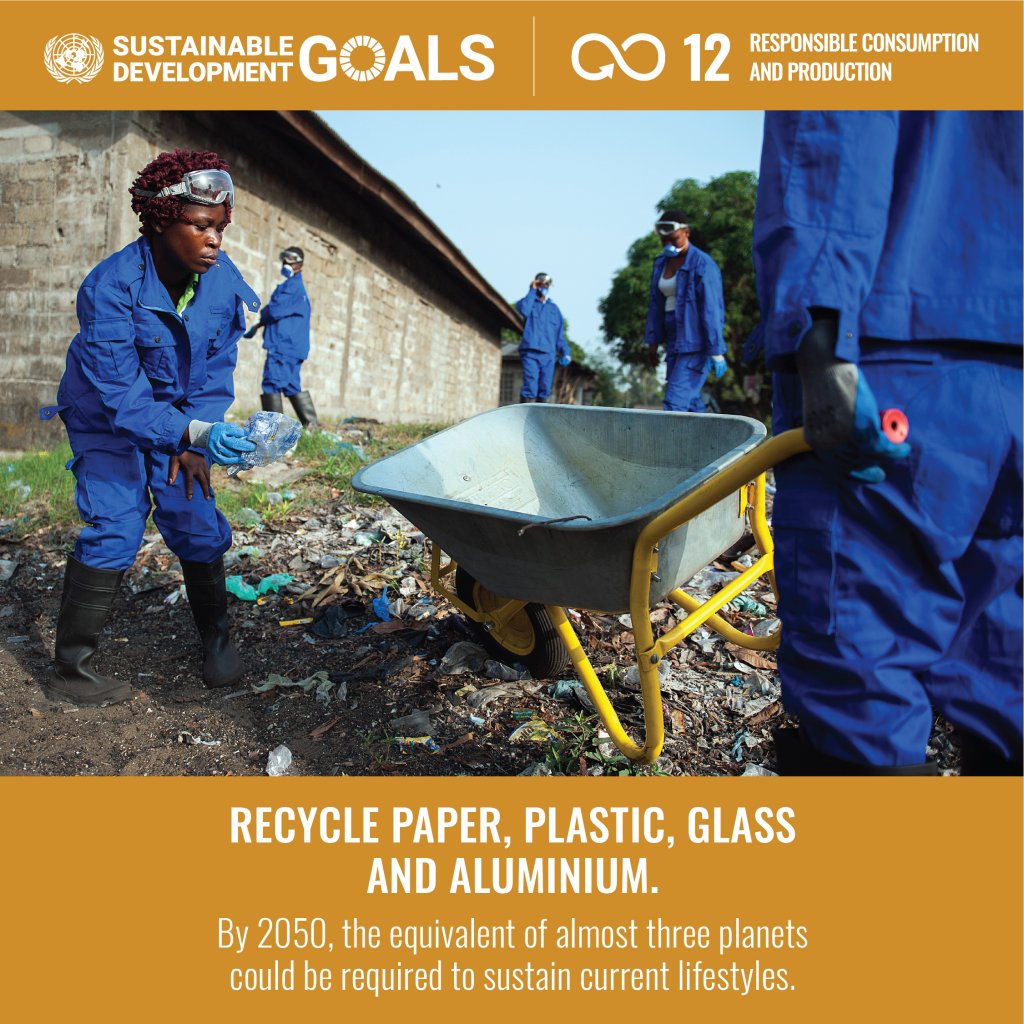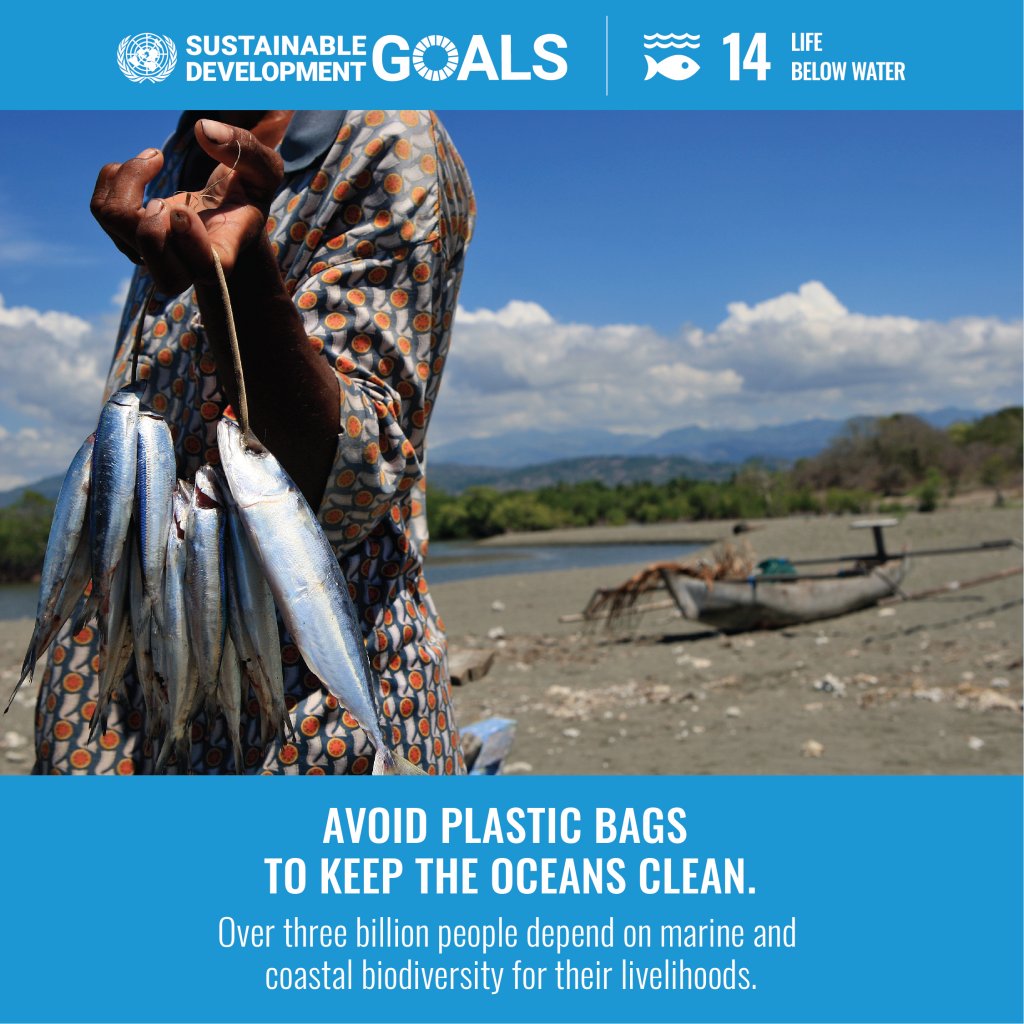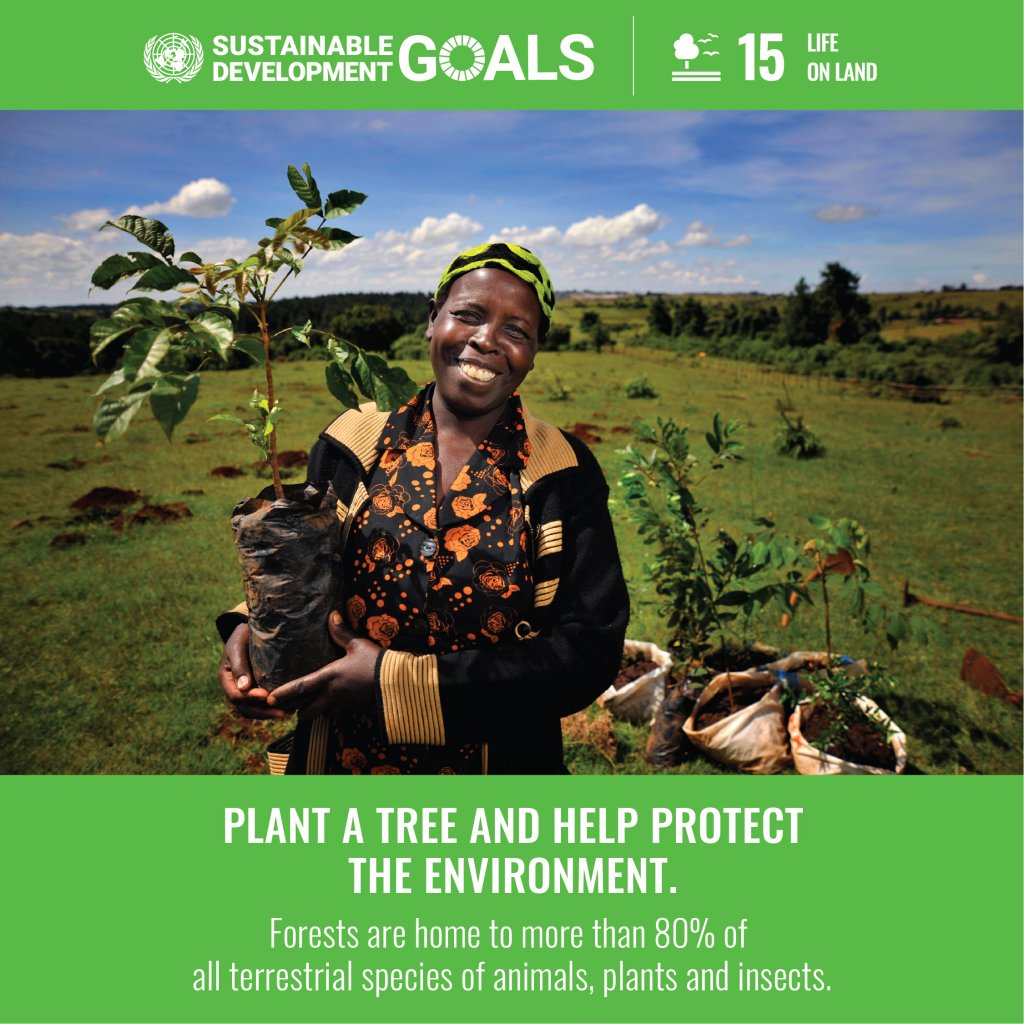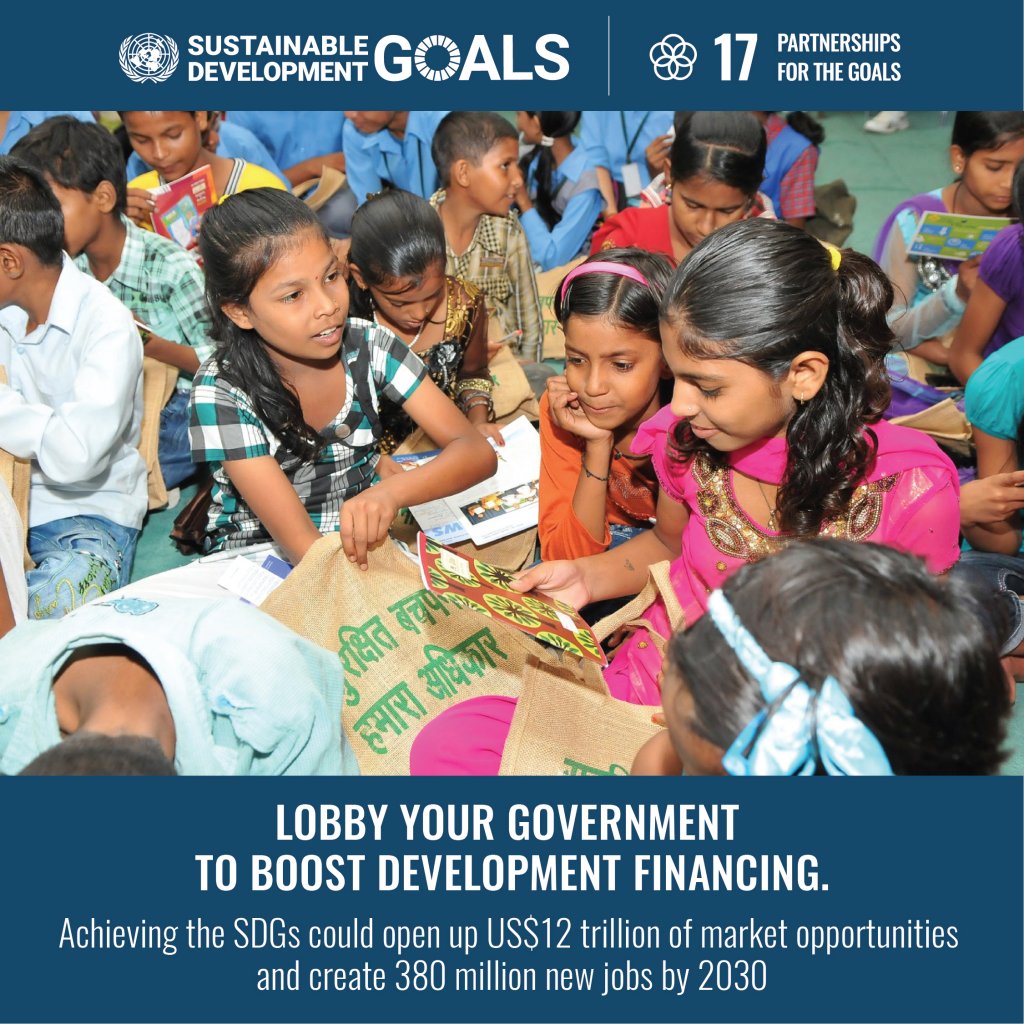Written by Vanessa Marshall, National Practice Leader, Geotechnical Services, Pinchin Ltd
October 3, 2022 is World Habitat Day and this year’s theme is Mind the Gap. Leave No One and Place Behind. Due to Covid, conflicts and climate change, the number of people who have fallen into poverty has grown. According to the UN-Habitat’s World Cities Report, the number of people affected by poverty was between 119 and 124 million in 2020 and between 143 and 163 million in 2021. In order to reduce the number of people driven into poverty, as engineers we need to ensure that infrastructure and building designs are able to resist future catastrophes, including flooding, fire, and wind, by incorporating sustainable and resilient design practices at early stages of a project.
The United Nations defined Sustainability in the 1987 “Our Common Future” Brundtland Report as “meeting the needs of the present without compromising the ability of future generations to meet their own needs”. Further to this the United Nations in 2015 developed seventeen Sustainable Development Goals (SDGs) which are the framework to achieve a better and more sustainable future and ensure by 2030 that all people enjoy peace and prosperity. One of the SDGs that can be impacted by geotechnical engineers is Goal 12: Responsible Consumption and Production.
17 Sustainable Development Goals developed by United Nations in 2015 (images taken from United Nations – Sustainable Development Goals)
Geotechnical engineering design is one of the most resource intense engineering disciplines. Significant amounts of natural resources are used in design and construction as it relates to the geotechnical recommendations provided for infrastructure and land development. Typically, geotechnical engineers are some of the first design engineers involved in a project, and therefore we are able to make sustainable recommendations at the early stages of a project.
Over the past two decades several sustainable design practices have been slowly evolving within the geotechnical practice and will need to continue to be developed and recommended for use within design and construction. The use of sustainable systems, including ground improvement techniques, and geosynthetics allows a site to be developed while minimizing waste. Using recycled materials, including concrete, blast furnace slag, and shredded scrap tires, minimizes waste from a project site but also ensures that less additional new natural resources are used on a project. Significant studies have found other recycled products can perform similarly or sometimes better, and their use ensures that we do not compromise the needs of future generations.
Moving forward, it is essential that as part of tradition geotechnical design a sustainable assessment is completed for every project. As indicated by the UN “Sustainable consumption and production is about doing more and better with less. It is also about decoupling economic growth from environmental degradation, increasing resource efficiency and promoting sustainable lifestyles.” As geotechnical engineers we play a vital role in the planning for future inclusive, resilient, and sustainable urban areas.
For more information on World Habitat Day visit www.un.org/en/observances/habitat-day
If you like to learn more about how our Geotechnical Engineering Group can help you and your business, contact me or your local Pinchin office.

